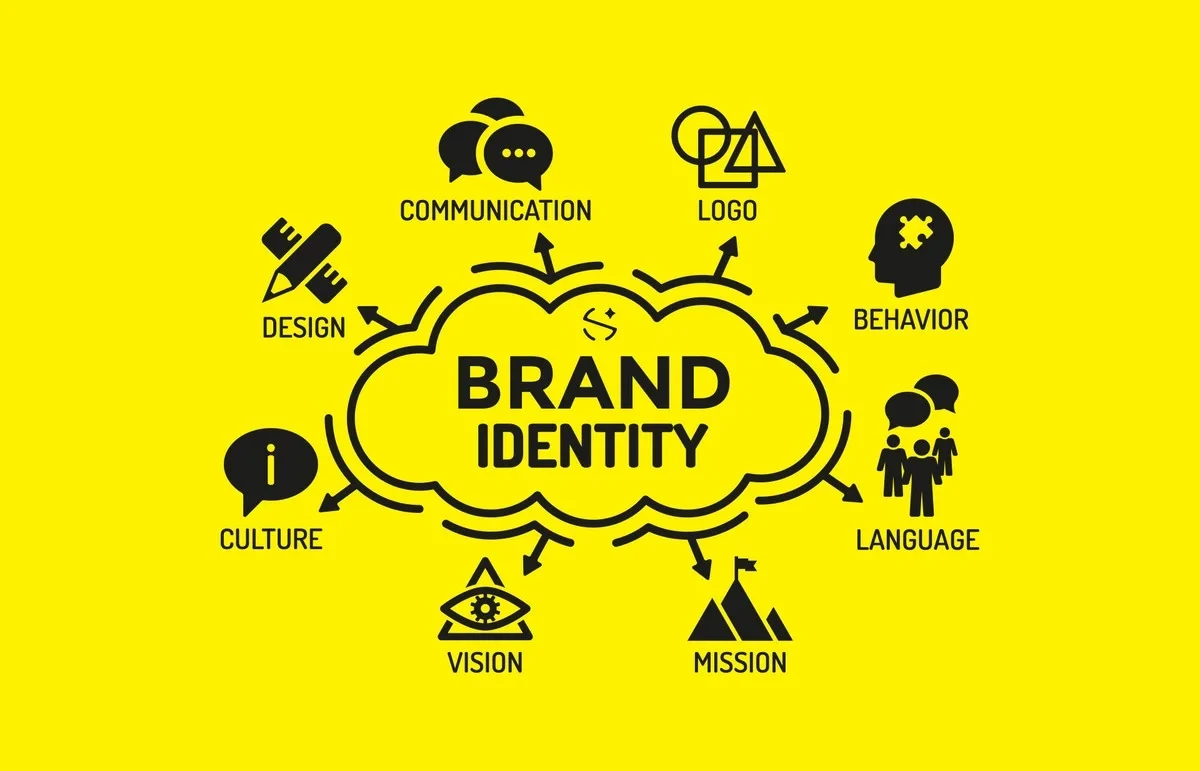Brand Identity Development: Establishing Your Image
Creating a brand identity is an essential step in establishing your business’s image and building a strong customer base. Your brand identity is what sets you apart from your competitors and helps you connect with your target audience. By developing a cohesive and memorable brand identity, you can effectively communicate your values, mission, and vision to your customers. In this article, we will explore the key elements of brand identity development and how you can use HTML markup to enhance your brand’s image.
The Importance of Brand Identity
Your brand identity is the visual representation of your business. It consists of your logo, color palette, typography, imagery, and overall design aesthetic. These elements work together to create a consistent and recognizable brand image that resonates with your target audience. A strong brand identity not only captures the attention of potential customers but also builds trust and loyalty.
HTML markup plays a crucial role in reinforcing your brand identity online. By using HTML tags and attributes strategically, you can enhance your website’s design and user experience, aligning them with your brand’s values. Let’s examine some HTML markup techniques that can help you establish your image:
1. Logo Placement and Alt Text
Your logo is the cornerstone of your brand identity. It should be prominently displayed on your website to catch the eye of visitors. By using HTML markup, you can ensure that your logo appears consistently across all pages of your site. Use the <img> tag to insert your logo and set the appropriate attributes, such as the image source and alt text. Alt text is crucial for accessibility purposes and allows visually impaired users to understand the content of the image.
2. Color Palette and Background
Your color palette plays a significant role in creating a visually appealing and cohesive brand identity. HTML markup lets you apply your brand’s colors to different elements, such as background colors, text colors, and borders. Use the <style> tag or inline CSS to define and apply your color palette. By consistently using your brand’s colors, you create a unified and professional look throughout your website.
3. Typography and Fonts
The right typography can convey the personality and tone of your brand. HTML markup allows you to define and apply specific fonts from your brand’s typography. Use the <link> tag or the <style> tag to link and apply your preferred fonts. Additionally, HTML5 introduces new semantic elements like <header> and <footer> that can be customized with typography to reinforce your brand’s identity.
4. Imagery and Visuals
Using high-quality imagery that aligns with your brand’s identity is essential in establishing a strong visual presence. HTML markup allows you to optimize and position your images effectively. Use the <img> tag and set the appropriate attributes such as source, alt text, and image dimensions. Additionally, you can use the <figure> and <figcaption> elements to enhance the display of your images.
5. Consistent Design Structure
Consistency is key in building a strong brand identity. HTML markup provides structure and organization to your website, ensuring a consistent design across all pages. Use appropriate tags like <h1>, <h2>, <p>, and <div> to structure your content. Applying CSS styles to these elements will maintain a cohesive design throughout your site.
Conclusion
Developing your brand identity is a vital step in establishing and growing your business. By using HTML markup strategically, you can enhance your brand’s image and create a memorable online presence. From logo placement to typography, color palette to imagery, and consistent design structure, HTML markup gives you the opportunity to align your website with your brand’s values. Invest time and effort into developing your brand identity, and watch as you establish a strong image that resonates with your target audience.


